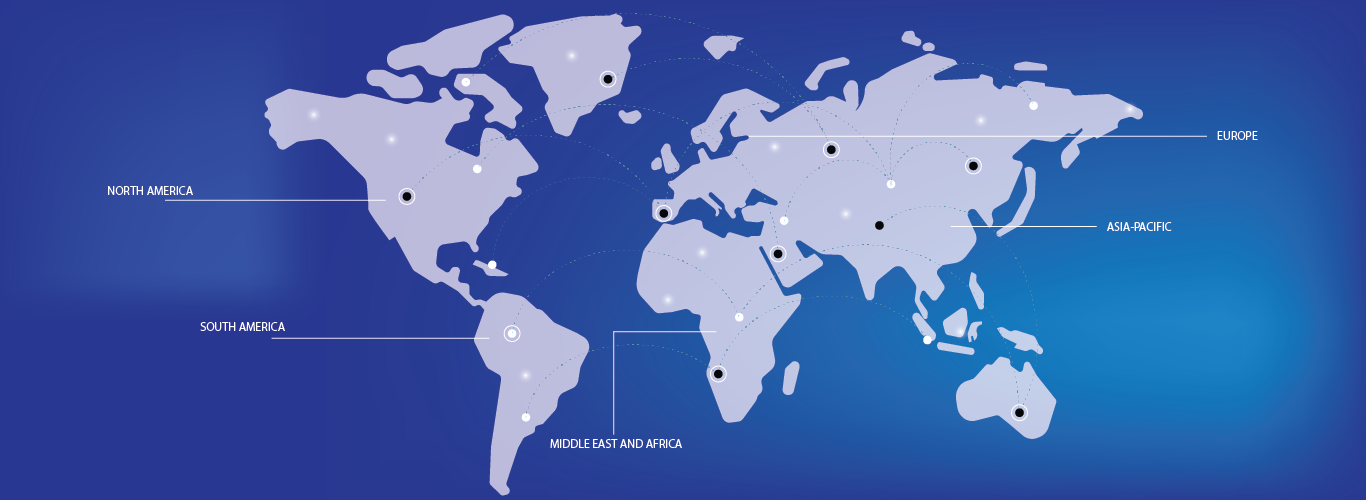The pelvic floor electric stimulator market engages in direct tenders and third-party distribution channels. Companies such as Elvie offer their pelvic floor trainer through direct sales on their website, providing customers easy access to the product. Meanwhile, distributors such as Medtronic distribute pelvic floor stimulators through healthcare professionals, expanding their reach to hospitals and clinics. This diversified distribution strategy ensures broader market penetration and accessibility for consumers.




